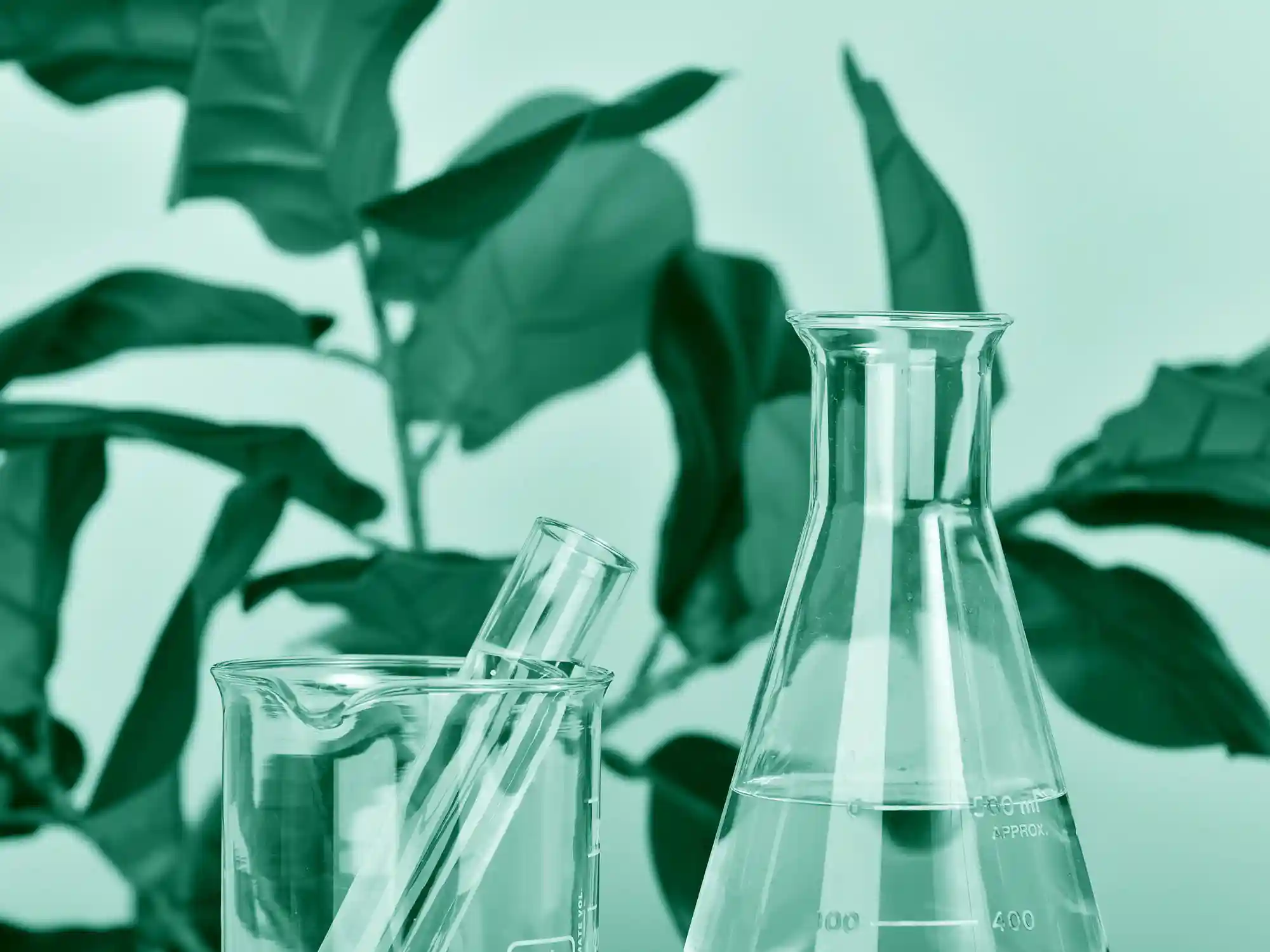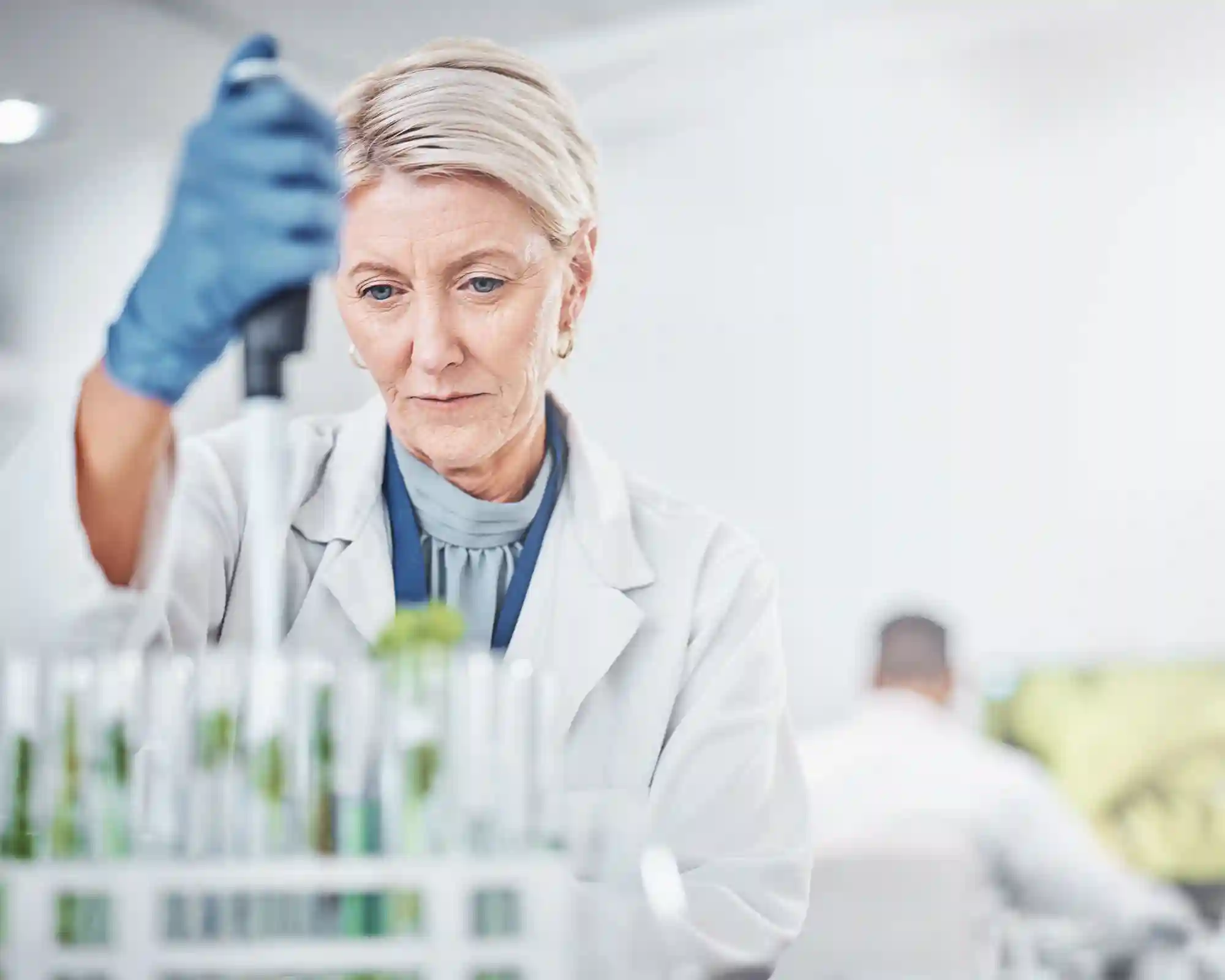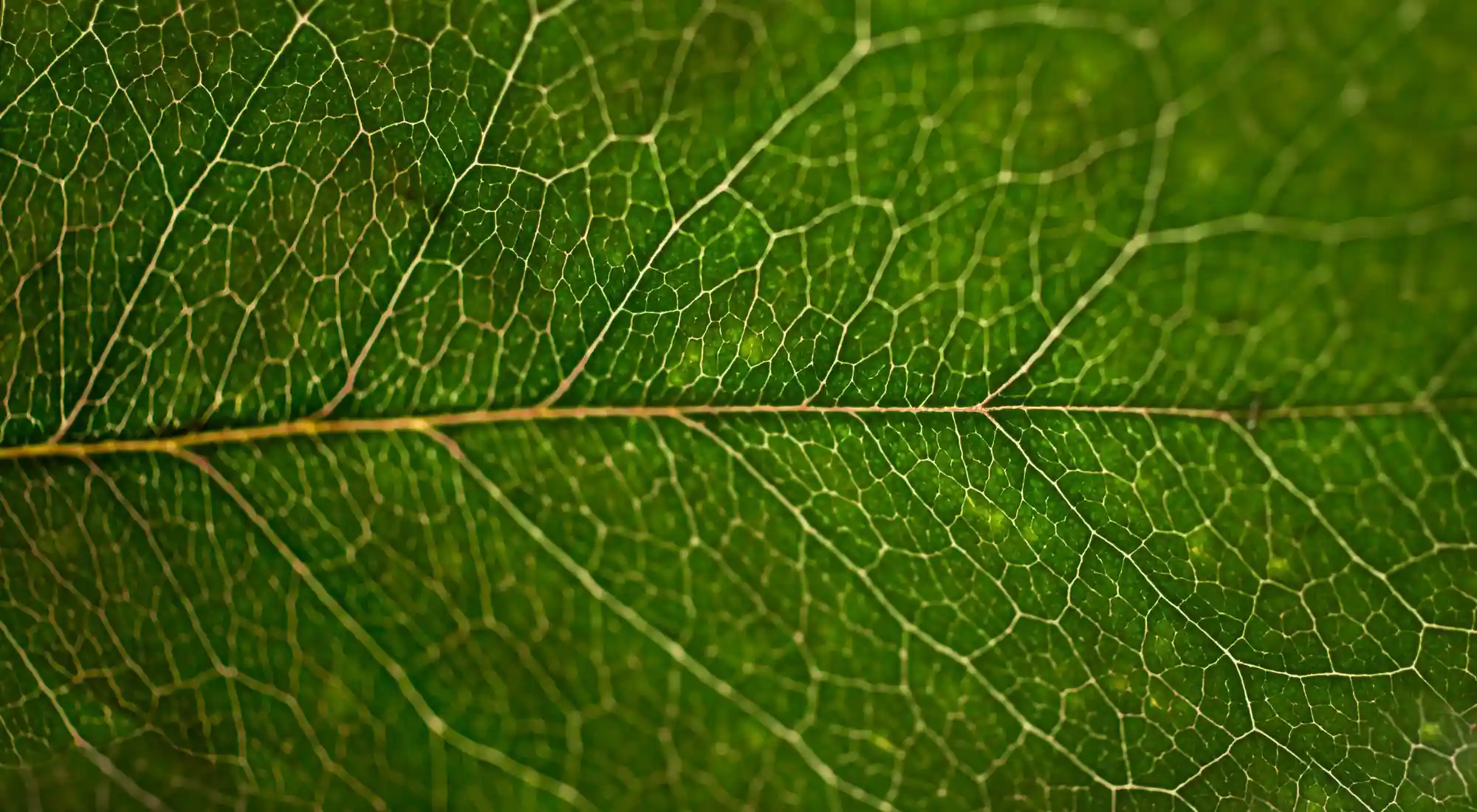Cannabinoids are a group of compounds that interact with the human body’s endocannabinoid system. The endocannabinoid system has receptors that respond to these chemicals by creating physiological effects in the body. Endocannabinoids are produced by the human body, phytocannabinoids come from cannabis plants and synthetic cannabinoids are created in laboratories to mimic naturally occurring cannabinoids.
What are cannabinoids?
Cannabinoids are chemical compounds found in cannabis plants. Primary cannabinoids include tetrahydrocannabinol (THC) and cannabidiol (CBD). These cannabinoids bind to CB1 and CB2 receptors in the body’s endocannabinoid system to alter certain physiological functions such as mood and appetite.
What is a cannabinoid’s chemical structure?
The chemical structure of cannabinoids revolves around a central dibenzopyran core, a fused aromatic ring system akin to a double-layered, interlocking “O.” This serves as the foundation for a 21-carbon side chain that extends, accompanied by functional groups like hydroxyl, carboxyl, and methyl moieties. These side-chain substituents act as chemical fingerprints, determining how each cannabinoid interacts with its biological targets. THC, for instance, features a characteristic double bond at the 9th and 10th carbon, allowing it to bind with CB1 receptors in the brain, which may trigger a psychoactive response. Cannabidiol doesn’t have this bond, so patients undergoing treatment with CBD medicines typically won’t experience this type of effect.

What do cannabinoids do?
Natural cannabinoids regulate these processes by interacting with the body’s endocannabinoid system. THC interacts with brain receptors, while both THC and CBD influence immune cells and other neurotransmitters, potentially offering therapeutic benefits. Further research is needed to fully understand their effectiveness and potential side effects.
Entourage effect
Bioactive compounds within the cannabis plant can theoretically work together to produce something called the entourage effect. This means compounds like terpenes and minor cannabinoids can act synergistically to enhance the overall effects of cannabis. For example, taking both THC and CBD together may produce more potent effects than a CBD or THC-only substance. Another example would be terpenes influencing the absorption and metabolism of THC, potentially mitigating its psychoactive intensity. Meanwhile, minor cannabinoids like cannabinol (CBN) may counterbalance THC’s effects, promoting relaxation and alleviating anxiety. The entourage effect suggests a greater potential for medical cannabis treatment than previously thought. However, research is in its early stages, and more studies will be needed before these findings are conclusive.
Where are cannabinoids found?
Cannabinoids are found within the human body and within the chemical makeup of the cannabis plant. However, some cannabinoids can also be created artificially in a laboratory. They are known as synthetic cannabinoids, and are not legally available under the existing guidelines set out by the Therapeutic Goods Administration (TGA).
What are the different types of cannabinoids?
There are a range of different cannabinoids, both naturally occurring and synthetic. Naturally occurring cannabinoids are either endocannabinoids, generated by the human body, or phytocannabinoids, derived from the cannabis plant. Cannabinoids created in a lab to mimic the effects of natural cannabinoids are called synthetic cannabinoids.

Help is at Hand
Get free information and assistance quickly by filling out the contact form below.
What are the main types of endocannabinoids?
There are a range of different endocannabinoids manufactured by the human body. Due to only being discovered relatively recently, the research is still in its nascent stages. Endocannabinoids are lipid-signalling molecules that are produced in response to noxious stimuli. They are not stored in the human body, but rather produced on demand under specific conditions. When released, they can stimulate cannabinoid receptors to bring about physiological responses.
Broadly, there are two primary endocannabinoids. These are anandamide (AEA) and 2-arachidonoylglycerol (2-AG). Anandamide has a similar binding procedure to THC, targeting the CB1 receptors located throughout the central nervous system. This gives it the potential to affect the pleasure centres of the brain. Meanwhile, 2-AG, the most prevalent endocannabinoid within the human body, is found within the nervous system as well as peripheral tissues and organs. 2-AG interacts with both the CB1 and CB2 receptors of the endocannabinoid system. It is thought that 2-AG has a noticeable effect on neurotransmitter release around cannabinoid receptors. 2-AG is also thought to benefit synaptic plasticity.
What are the main types of phytocannabinoids?
There is an array of different phytocannabinoids in existence. The most well known are cannabidiol (CBD) and delta-9-tetrahydrocannabinol (THC). These two are found in the majority of existing medicinal cannabis products, which is why they have been classified as “major cannabinoids”. One way that medical cannabis products are classified is by their balance or ratio of these two compounds. There are also less common phytocannabinoids that are referred to as “minor cannabinoids”.

CBD
CBD is one of the two major cannabinoids present in a vast array of medical cannabis products. A range of different product types utilise CBD as the primary component including CBD oils, edibles, topicals and dried flower. CBD does not provide the same psychoactive effects as THC, making it a popular choice as a milder medical cannabis treatment option.
THC
THC is the other major cannabinoid utilised in medicinal cannabis products. A doctor may prescribe THC to a patient in a whole host of forms including vaporisers, oils, edibles and topicals. THC is more stringently regulated due to its potential for psychoactive side-effects. This is also why it’s illegal to drive with THC in your system in most Australian states.
Minor cannabinoids
A range of less common cannabis compounds are classified as minor cannabinoids. Some of these include cannabigerol (CBG) and cannabinol (CBD) Cannabichromene (CBC). Generally, it is uncommon to encounter medical cannabis products with high concentrations of minor cannabinoids. However, products like full-spectrum cannabis oils will often contain a range of minor cannabinoids in addition to major cannabinoids and terpenes.
What are synthetic cannabinoids?
Synthetic cannabinoids are chemicals designed to imitate the effects of natural cannabinoids. They are made in laboratories and use existing cannabinoid profiles as a guide. It is worth noting that some synthetic cannabinoids have effect profiles that do not match with any discovered natural cannabinoids.
Are cannabinoids legal in Australia?
Some cannabinoids are legal in Australia with a valid prescription from a registered medical provider, who has had their prescription approved. This is done by using either the Special Access Scheme (SAS) or by becoming an authorised prescriber. An unapproved product may be selected for a prescription and then sent to the TGA for approval.
Contact Us For Free Assistance
"*" indicates required fields
Additional Information on Cannabis Strains
Learn more about the legal landscape surrounding medical cannabis strains in Australia, including regulations governing cultivation, prescription, and usage for therapeutic purposes.
The Legality of Cannabis StrainsLearn about the diverse effects of medical cannabis strains, from energizing sativas to relaxing indicas, and how they can be tailored for Australian patients’ unique therapeutic needs.
Effects of Cannabis StrainsLearn about the intricacies of the cannabis plant, from its rich medical history to the distinct characteristics of indica, sativa, and hybrid strains cultivated in Australia for therapeutic purposes
Cannabis PlantLearn about the diverse world of cannabis strains and their applications in various medical cannabis products, from oils and edibles to vaporised flowers and topicals tailored for Australian patients.
Cannabis Strains and Product TypesLearn about how the cannabis plant is made up of many chemical compounds that contribute to the look, flavour, scent, and effect of the plant.
Chemical Makeup of CannabisLearn about how cannabis compounds work together synergistically to potentially enhance therapeutic effects, including the interactions between cannabinoids, terpenes, and flavonoids in medical cannabis
The Entourage EffectLearn how these diverse plant compounds affect cannabis color and flavor, contribute to the entourage effect, and interact with other plant chemicals to influence potential therapeutic properties
FlavonoidsExplore the distinctive characteristics of Cannabis indica strains – from their compact, bushy structure to their chemical composition and potential therapeutic applications across various medical cannabis products
Medical Cannabis Strains: IndicaDiscover the characteristics of Cannabis sativa strains – from their tall, slender growth pattern to their unique chemical profile and potential energizing effects in various medical applications.
Medical Cannabis Strains: SativaExplore CBG, the ‘mother cannabinoid’ from which other cannabinoids are derived, its non-psychoactive properties, and how it compares to CBD, CBN, and CBC
Medical Cannabis Cannabinoids: Cannabigerol (CBG)Discover CBN, a minor cannabinoid formed from THC degradation, its unique properties, interaction with the endocannabinoid system, and how it compares to other cannabinoids like THC, CBD, and CBG.
Medical Cannabis Cannabinoids: Cannabinol (CBN)Understand terpenes, aromatic compounds found in cannabis and other plants that contribute to smell and taste, their interaction with the body, and their role in the entourage effect with cannabinoids.
Terpenes